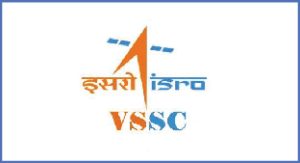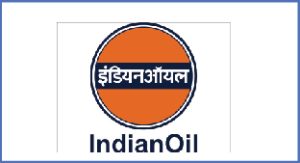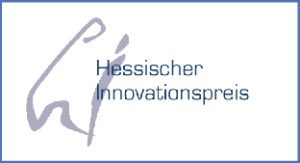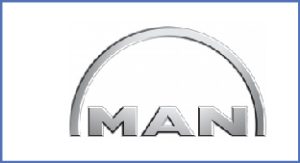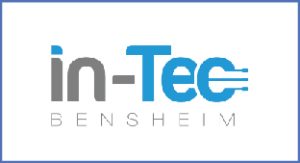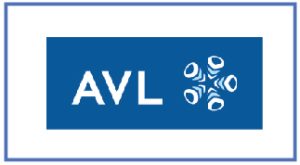Introducing
Fuel Cell & Electrolyser
Test system with German Technology
Test System Orbit H₂ Midi/ H₂ Maxi
The Orbit- H₂ Test System configuration, ranging from Midi to Maxi Solutions, draws upon extensive expertise in designing test stands for various types of Fuel Cells, including Proton Exchange Membrane (PEMFC), Direct Methanol (DMFC), Solid Oxide Fuel cell (SOFC), Alkaline Fuel Cell (AFC), Molten Carbonate Fuel cell (MCFC), and AEM Electrolysers. The utilization of the iASYS Platform for system development, along with MAGNUM’s profound understanding of the Fuel Cells Test System, has facilitated the creation of a series of modular test stands tailored to diverse applications and clients
Main advantages
• Basic test System with two gas feed lines (standard) for R&D
• Quick and easy expandable a small footprint
• Complies with safety regulations
• Fully integrated for automated test execution
• Higher accuracy
• Support for Remote diagnostics
Orbit H₂ Midi Test System
1. Designed for individual cells and stacks, supporting electric outputs of up to 1kW.
2. Versatile integrated solution suitable for a wide range of fuel cell and electrolyzer types.
3. Capable of achieving humidification up to a dew point temperature of 90°C.
4. Equipped with a meticulous thermostat for conducting precise hot and cold start experiments
Orbit H₂- Maxi Test System
Orbit H₂ Maxi stands as the amplified capacity version of H₂ Midi, thoughtfully incorporating specific client needs, including:
1. Accommodating fuel cell stacks and systems with a potential of up to 25 kW.
2. Enabling endurance trials of stacks and systems, encompassing gas blending and simulated reforming.
3. Providing assistance for Solid Oxide Fuel Cells and SOEC (Electrolysis Cells and Stacks), featuring the option for humidification and conditioning.
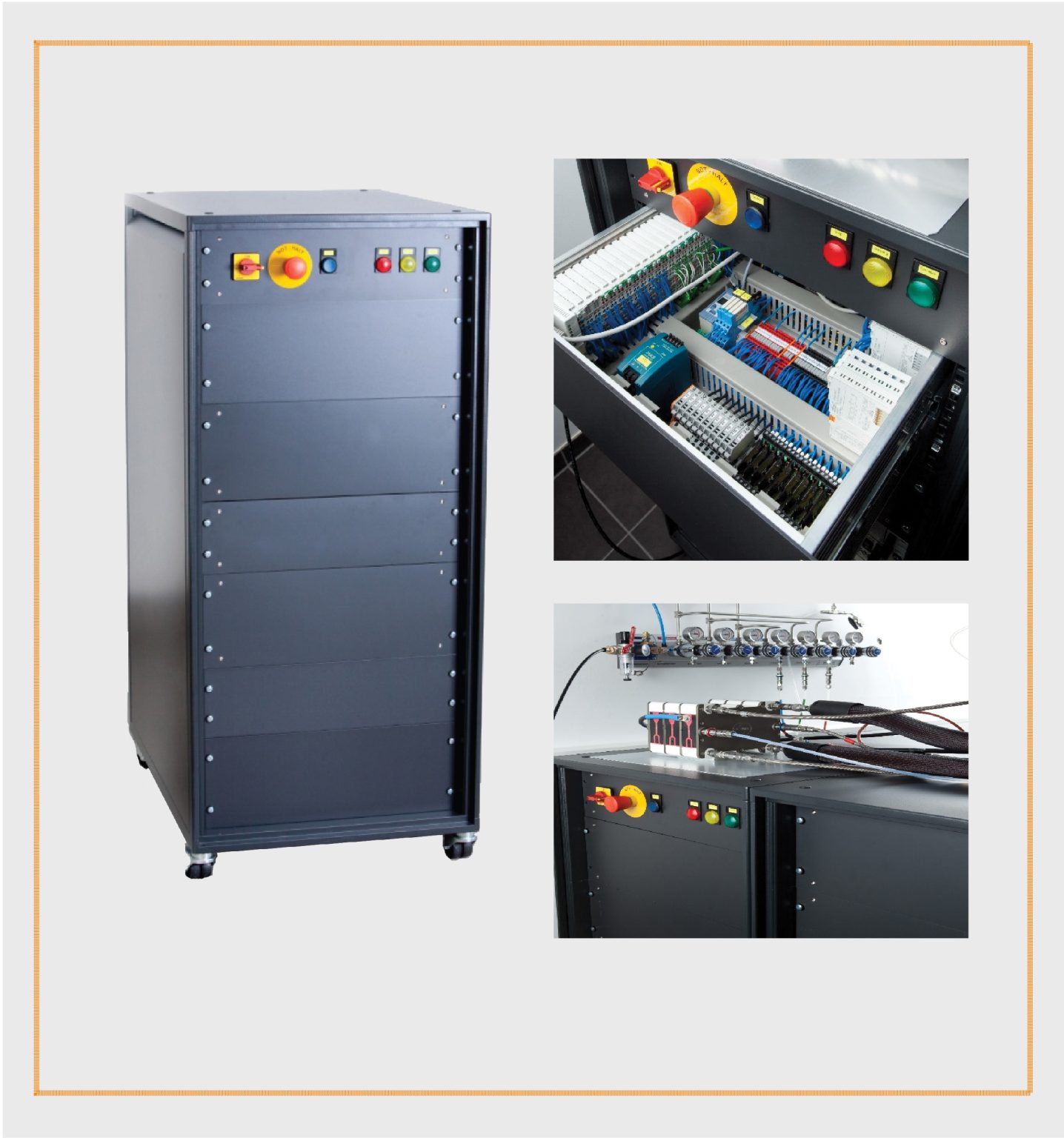
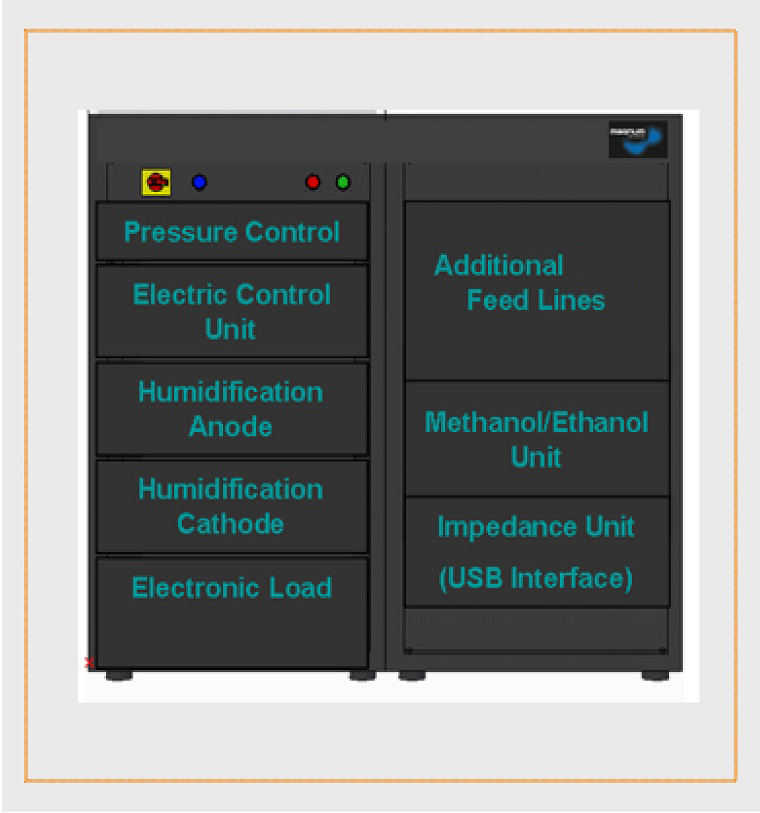
Flexible Configuration
Test stands H₂ Midi and H₂ Maxi can be configured
The test Setups Orbit – H₂ Midi and Orbit- H₂ Maxi Offer configurable options, with the added capability of incorporating Advanced modules alongside Orbit H₂ Midi/ H₂- Maxi setups. These include:
1. Electronic load and potentiostat (for electrolysis cells) Additionally, specialized function modules are provided:
2. EIS- Electrochemical Impedance Spectroscopy
3. GC – Gas Analysis System (Gas Chromatograph)
• HIL – Hardware-in-the-Loop Interface
4. Operational module for methanol or ethanol
5. Anode humidification
6. Cathode humidification
7. Extra gas supply lines
8. Impedance Spectroscopy
9. Cooling unit for test samples
10.Back-cooling system

Software for test automation - Manual & Automatic Operations
The workstation’s capabilities encompass managing, monitoring, and evaluating tests with precision, while accommodating multi-screen setups for real-time visualization of comprehensive process and experimental data.
The H₂ Midi/ H₂ Maxi test stands have the versatility to incorporate diverse external devices, such as temperature controllers, climate chambers, high-temperature furnaces, and mechanical shakers.
External devices seamlessly integrate into the automation system through digital or analog interfaces, bolstered by associated safety protocols.
The distinctiveness of Orbit H₂ solutions is marked by:
• An intrinsic “house-in-house” design
• Autonomy from the technical infrastructure of the building
• The possibility of interfacing with external simulation systems (optional)
The uniqueness of Orbit- H₂ solutions
• Independent of the building’s technical facilities
• Interface with external simulation system(Optional)
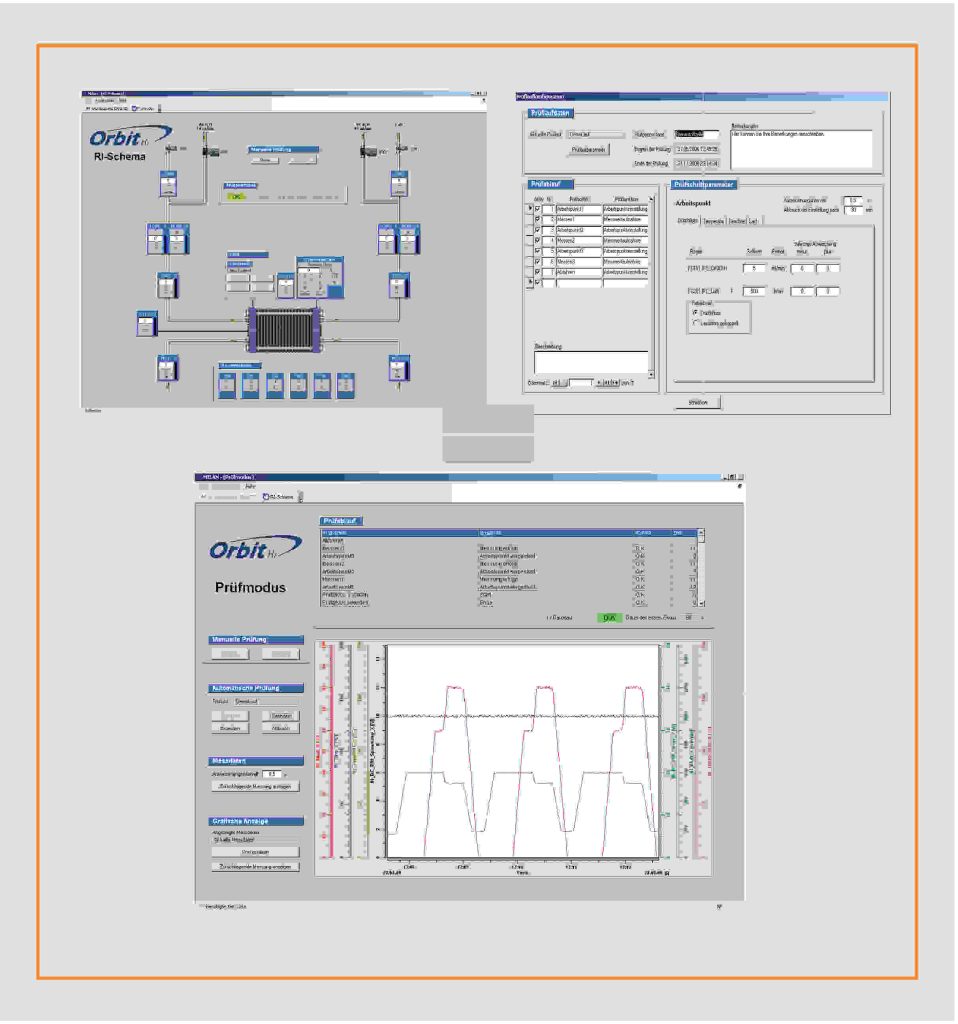
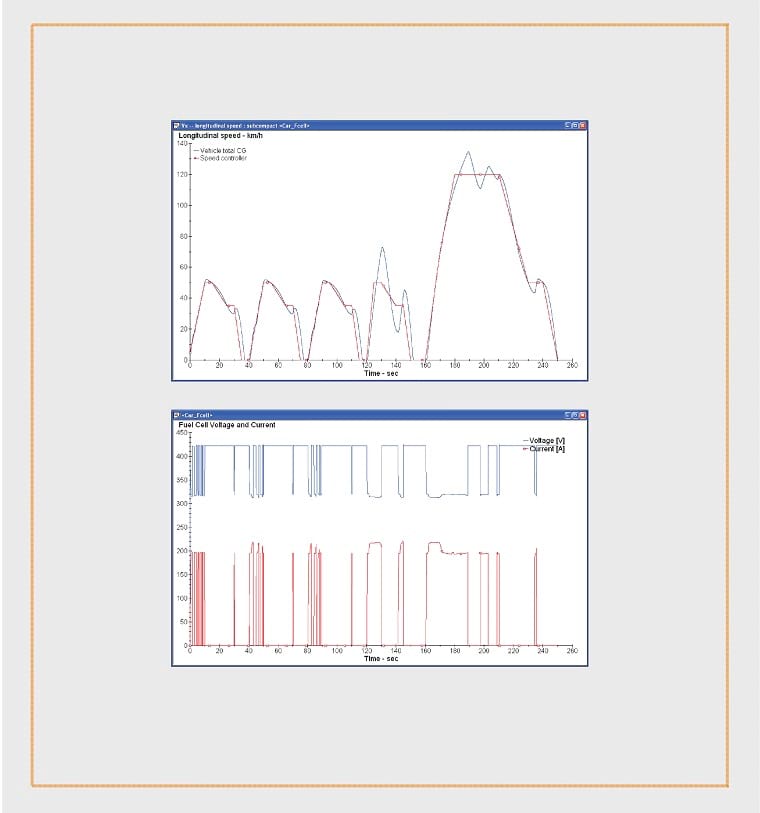
Hardware-in-the-Loop Interface
The software provides a swift and potent hardware-in-the-loop interface.
Essential state variables from the test bench and the Device Under Test (DUT) are presented as outputs through a Simulink function block, ensuring real-time updates. Accessible setpoints and control switches of the test bench are provided as inputs.
The complete H₂ Midi/ H₂ Maxi test system is unified as a singular Simulink block, seamlessly integrated into the simulation loop.

Integration with External Systems and Safety Systems
Conforming to EUCAR Hazard-Level 5, HL 6, and ATEX-2 safety standards, the testing process ensures utmost safety. The test space is uniformly conditioned through robust air circulation. Moreover, there’s the potential for automatic configuration of comprehensive temperature and humidity profiles.
The measuring and control system seamlessly interfaces with a PC or LAN, facilitating efficient data management. The system’s design is tailored to withstand even the most extreme conditions.
Key features encompass:
• Seamlessly integrating with climatic chambers
• Incorporating air conditioning functionality
• Enabling integration with a back coding system
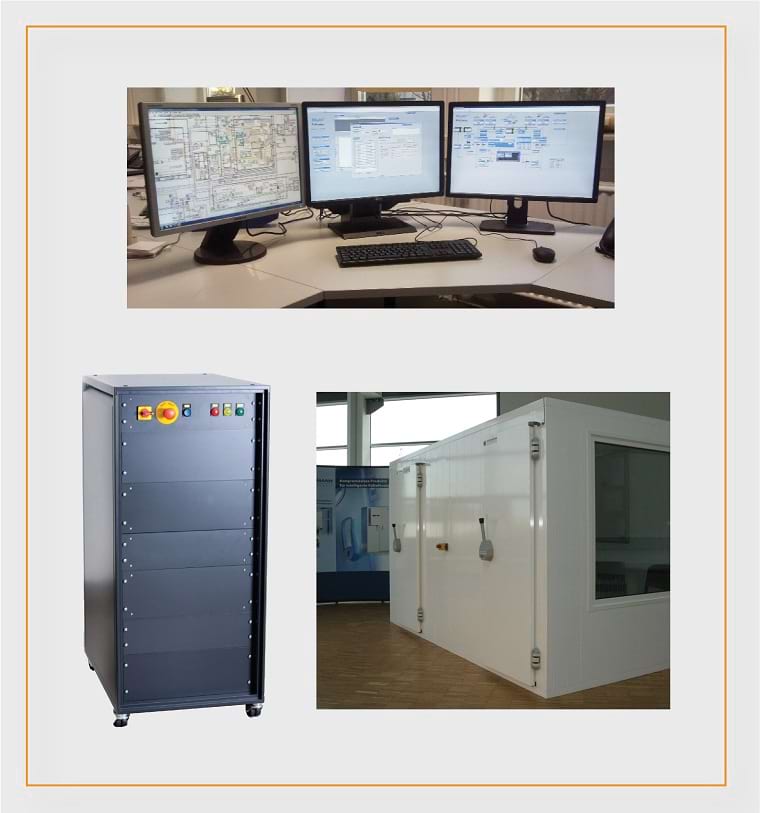
Connect with us
Featured Insights
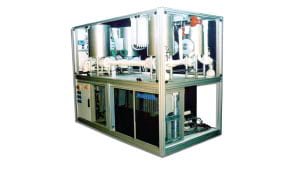
Fuel Cell Test Systems
iASYS Orbit- H₂ offers versatile Fuel Cell test systems (Midi to Maxi) with precise control, safety features, and remote diagnostics support. Modular setups allow for advanced testing and seamless integration with external systems, making them a reliable choice for fuel cell testing.
Fuel Cells Customers

